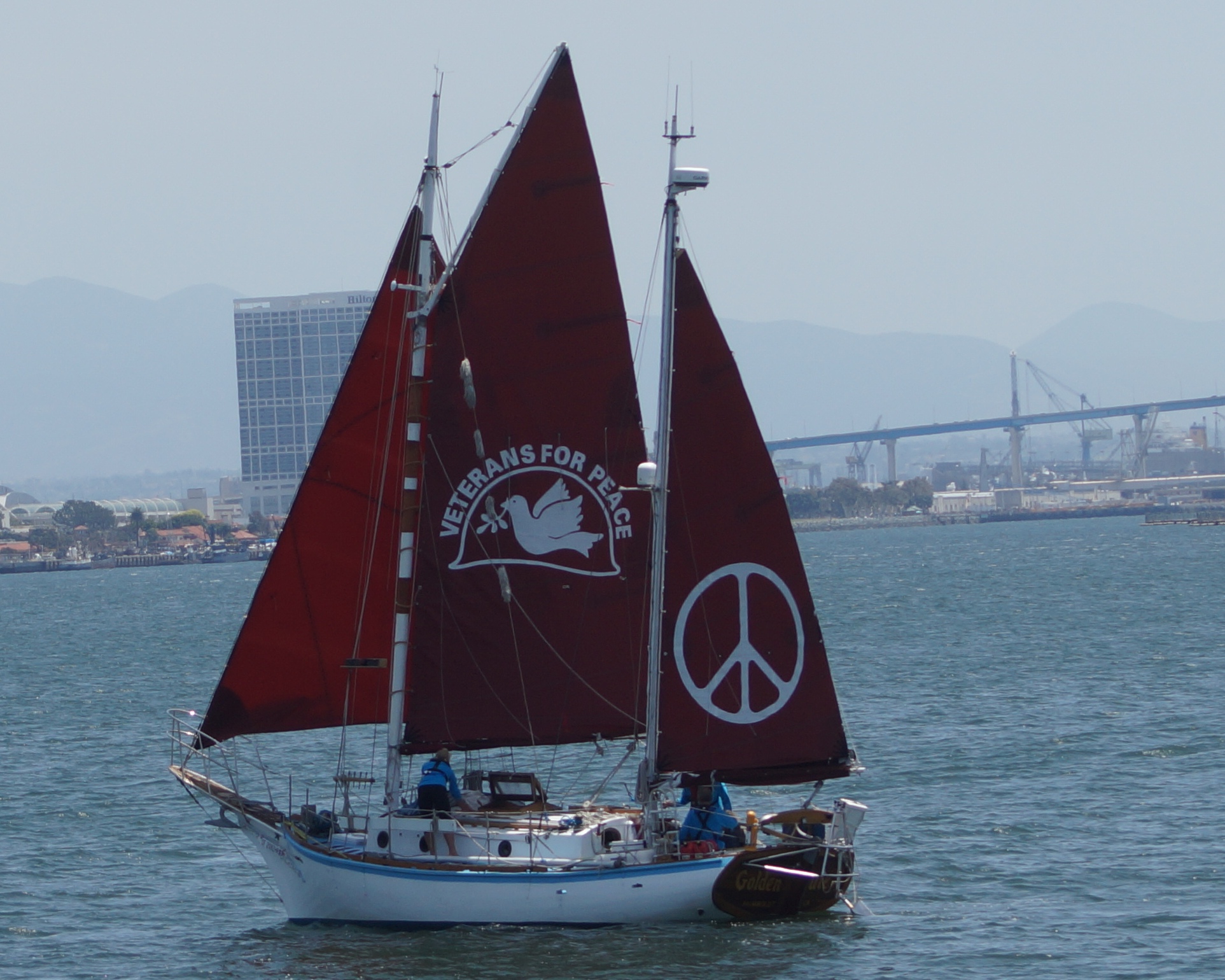11 Mar Fukushima Should Have Served as Wake-Up Call for U.S. Nuclear Regulatory Commission
Elliott Negin, Union of Concerned Scientists | March 10, 2016 10:38 am | Comments
On March 11, 2011, a 9.0-magnitude earthquake and 50-foot tsunami triggered meltdowns at three of six nuclear reactors at the Fukushima Daiichi plant in Japan. It was the one of the worst accidents in the nuclear industry’s 60-year history, contaminating thousands of square miles, displacing more than 150,000 people and costing Japanese taxpayers nearly $100 billion.
The disaster was a wake-up call for the U.S. Nuclear Regulatory Commission (NRC). After all, nearly a third of the 104 U.S. reactors operating at the time were General Electric Mark I or Mark II reactors, the same as those in Fukushima. The accident raised an obvious question: How vulnerable are those reactorsand the rest of the U.S. fleet for that matterto comparable natural disasters?
The NRC set up a task force to analyze what happened at Fukushima and assess how to make U.S. reactors safer. In July 2011, the task force offered a dozen recommendations to help safeguard U.S. nuclear plants in the event of a Fukushima-scale accident.
Unfortunately, the NRC has since rejected or significantly weakened many of those recommendations and has yet to fully implement the reforms it did adopt, according to a new Union of Concerned Scientists (UCS) report. UCS also found that the agency abdicated its responsibility as the nation’s nuclear watchdog by allowing the industry to routinely rely on voluntary guidelines, which are, by their very nature, unenforceable.
“Although the NRC and the nuclear industry have devoted considerable resources to address the post-Fukushima task force recommendations, they haven’t done all they should to protect the public from a similar disaster,” said report author Edwin Lyman, a UCS senior scientist and co-author of the 2014 book, Fukushima: The Story of a Nuclear Disaster. “If the NRC is serious about protecting the public and plant workers, it should reconsider a number of recommendations it scrapped under pressure from the industry and its supporters in Congress.”
Half-Baked Reforms
The post-Fukushima task force’s top priority was overhauling what it called a “patchwork” of NRC regulations and industry voluntary guidelines for “beyond-design-basis” eventsincidents that plants were not designed to withstand. The task force argued that both regulators and plant owners would benefit from a coherent set of standards that would guard against severe events like Fukushima and provide a framework for implementing its other recommendations. After several years of deliberation, however, the NRC ultimately passed on making any fundamental changes, maintaining that its regulatory framework doesn’t need fixing.
Lyman said this was a critical mistake. “By rejecting the task force’s top recommendation,” he said, “the NRC regulatory regime will remain full of holes, leaving the public at risk from potential accident scenarios that regulators may overlook.”
The NRC then relied heavily on its vaguely worded “backfit” rule to reject many of the other recommended post-Fukushima safety upgrades. The rule limits the agency’s ability to require new safety rules if a proposed upgrade’s cost is deemed to exceed its benefits. Many important safety recommendations failed to pass this test, despite the fact that they would have made plants safer.
“The post-Fukushima, lessons-learned process provided the NRC a golden opportunity to reform its inconsistent approach to regulating the industry,” Lyman said. “Unfortunately, it didn’t take advantage of it.”
Letting the Industry Make the Rules
The NRC and the nuclear industry’s main response to the Fukushima accident is what they call the “diverse and flexible coping capability” program or FLEX for short, which will provide extra backup emergency equipment to cool reactors and spent fuel pools during a prolonged power loss.
The FLEX program is a prime example of the industry jumping out ahead of the NRC. In this case, the industry purchased backup emergency equipmentpumps, compressors, generators, batteries and the likebefore the NRC had the chance to develop guidelines for the program. To cut costs, the industry bought commercially available equipment that may not weather a severe accident and the industry-initiated FLEX guidelines hinge on ambiguously worded, hard-to-enforce directives that, for example, mandate “reasonable protection” of safety equipment. Regardless, the NRC largely approved the industry’s plan instead of developing its own standards.
Likewise, the NRC decided to continue to allow plant owners to develop their own voluntary plans for managing a core-melt accident, rejecting a task force recommendation to require them to do so. If plans are voluntary, the NRC has no authority to review them or issue citations when they are deficient.
“Once again, the NRC is ignoring a key lesson of the Fukushima accident: Emergency plans are not worth the paper they are printed on unless they are rigorously developed, maintained, periodically tested and subject to NRC inspection and enforcement,” said Lyman. “When it comes to many critical safety measures, the NRC is allowing the industry to regulate itself.”
Saying No to Filtered Vents
When three of the six Fukushima Daiichi reactors overheated, plant workers scrambled to lower reactor core pressure by depressurizing the containment building so they could inject cooling water. They couldn’t open the containment vents from the control room, however, because there was no electric power. Without enough cooling water, the reactors melted down.
To avoid the possibility of this happening at the 30 currently operating U.S. reactors that share the same containment design as those at Fukushima, the NRC staff recommended that the agency not only require plant owners to install reliable, “hardened” vents that could be easily opened during an electricity outage, but also compel owners to add filters to avoid releasing radioactive material into the surrounding community. Four countries with the same type of GE reactorsFinland, Germany, Sweden and Switzerlandrequire filtered vents and Japan is planning to do so.
The nuclear industry, however, argued that the FLEX program obviated the need for filtered vents, despite the fact that filters would be more dependable than relying on plant workers to perform complex tasks under very trying circumstances. After years of analysis, the NRC staff reversed its original recommendation, asserting that that neither vent filters nor the industry’s proposed alternatives were justified. Last August, NRC commissioners voted to do nothing.
“As a result,” the UCS report states, “in the event of a severe accident, the NRC is leaving plant operators with a horrible dilemma: … open the vents and deliberately release radioactivity into the environment or … allow the reactor containment to overpressurize and potentially rupture, resulting in an even greater release of radiation.”
Either way, we’re talking about contaminating a vast area with high levels of radioactivity and increasing the cancer risk for nearby residents.
NRC Should Reconsider Safety Recommendations
The UCS report pulls back the curtain on a post-Fukushima reform process that has largely played out behind the scenes. Hopefully its findings will raise some eyebrowsif not sound the alarmon Capitol Hill and in the Obama administration, because public safety depends on federal oversight. Elected officials should insist that the NRC reconsider the safety measures it rejected, especially replacing its hodge-podge of vaguely written rules and voluntary guidelines with a rational regulatory approach and establishing a transparent process that allows the public to assess the effectiveness of its reforms.
“The NRC and the nuclear industry have taken steps to address some of the safety vulnerabilities revealed by the Fukushima disaster,” said Lyman. “But so far, the agency has failed to fully learn the lessons of Fukushima. It needs to go back to the drawing board and reconsider critical safety recommendations that it dismissed without good justification. And let me stress: This is not an academic exercise. The health and safety of more than 100 million Americans who live within 50 miles of a nuclear plant hang in the balance.”
YOU MIGHT ALSO LIKE
7 Top NRC Experts Break Ranks to Warn of Critical Danger at Aging Nuke Plants
5 Years After Fukushima, ‘No End in Sight’ to Ecological Fallout
Radioactive Leak at Indian Point Nuclear Plant Shows ‘We Are Flirting With Catastrophe’
5 Years Later Fukushima Still Spilling Toxic Nuclear Waste Into Sea, Top Execs Face Criminal Charges




Sorry, the comment form is closed at this time.